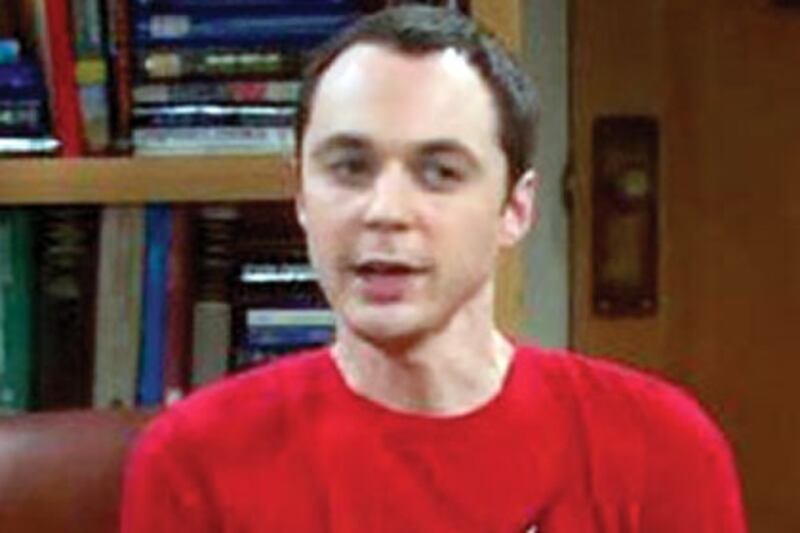Never mind being “passionate” about what you do in work or life. As I’ve said before, that has become the mere entry level for your expected commitment to anything.
But the real test these days for how far you will go in pursuit of excellence, or a principle, appears to involve a question of what might be termed topographical fatalism.
Thus, faced with any hard choice, you now have to ask yourself: “Is that a hill I’d want to die on?”
Mind you, on most of the occasions that I have read or overheard this phrase, the answer tends to be negative.
Dancing at the crossroads (between life and death) – An Irishman’s Diary about November 30th’s otherworldly reputation
Holly days are coming – An Irishman’s Diary about the bird-intoxicating properties of a seasonal tree
Banging on about Swift – An Irishman’s Diary about why Dublin doesn’t make enough noise about one of its greatest writers
Lagan Behind – An Irishman’s Diary about JoAnn Falletta and Van Morrison
After a cost-benefit analysis of something – the consequences of refusing a job transfer, say, or the decision about whether to support a minister for justice against all criticism – a speaker will usually conclude: “That’s not a hill I want to die on”.
And insofar as the contrary decision is ever reached, the context is often frivolous. Not only will there be no actual high ground, or indeed risk of fatality, involved, even the object of supposed commitment may be a joke. There was a competition on Twitter recently for the most frivolous cause tweeters could think of as a metaphorical hill on which they were, in theory, willing to expire.
The mystery is why the phrase should have become popular now.
It's presumed to be of military origin, although it also reminds me of a scene in the film Little Big Man where Old Lodge Skins, the tribal elder played by Chief Dan George, decides that today is "a good day to die".
In line with this metaphysical weather forecast, he climbs to the summit of a hill in the company of his paleskin friend (Dustin Hoffman) and there lies down to await transfer to the next world. But the forecast is wrong: it starts raining on him instead. So he has to go back down to sea level and live a while longer.
As for military history, yes, hills have always been central to deciding battles, even in pancake-flat Belgium, where possession of a slight ridge up which the French were forced to attack in 1815 was one of the keys to tilting the outcome at Waterloo.
Indeed, 80 years before it became a Twitter joke, Hemingway used the hill phrase in all seriousness in his fictional account of the Spanish Civil War.
As the doomed hero of For Whom the Bell Tolls waits to inflict one last mountain ambush, the narrator comments: "If he had known how many men in history have had to use a hill to die on it would not have cheered him any..."
But it’s ironic that the phrase should go viral now, in an era when the possession of hills has never been of less military importance, modern wars being fought even further up, with bombs dropped from aircraft that may not even have pilots.
The most famous hill in Ireland, arguably, illustrates both the literal and figurative senses of the term. Hill 16, as it is now, was renamed by republicans after an earlier spell as Hill 60: the site of a fierce first World War battle.
These days, during big football games, the terrace is usually held by Dublin forces, although as recently as last August I thought about standing on it in a Monaghan jersey.
Then I decided it wasn’t a hill I wanted to die on, even from embarrassment. So I chose the Canal End instead.
An anniversary that falls this weekend reminds me of another hill I didn’t visit once: Sovereign Hill, in Ballarat, Victoria, formerly the centre of a gold-mining industry, and in modern times a museum cum theme park.
Working my way around Australia years ago, but between jobs and short of cash, I stayed with friends who lived near the city and insisted Sovereign Hill was a must-see.
En route to work one morning, they even gave me a lift to the entrance.
But much as I was interested, it wasn’t a hill I wanted to spend my last 50 dollars – or whatever the entry fee was then – on. So I waited till the car was gone and then headed for the local library instead, to research the subject in case of questions.
On December 3rd, 1854, the mining camps of Ballarat were the scene of what some people have called “Australia’s 1916”: the Eureka Stockade.
It was led by Laois-born Peter Lalor, and many of the other rebels were Irish too. So they mined their own history for moral high ground.
And on the night beforehand, as they prepared for battle, the camp password was “Vinegar Hill”.





